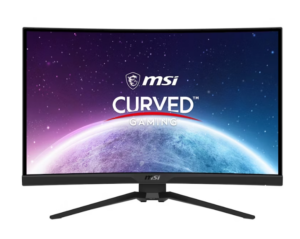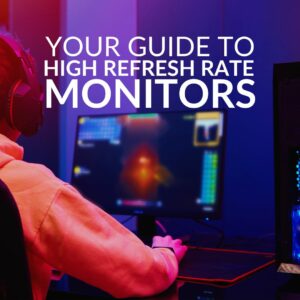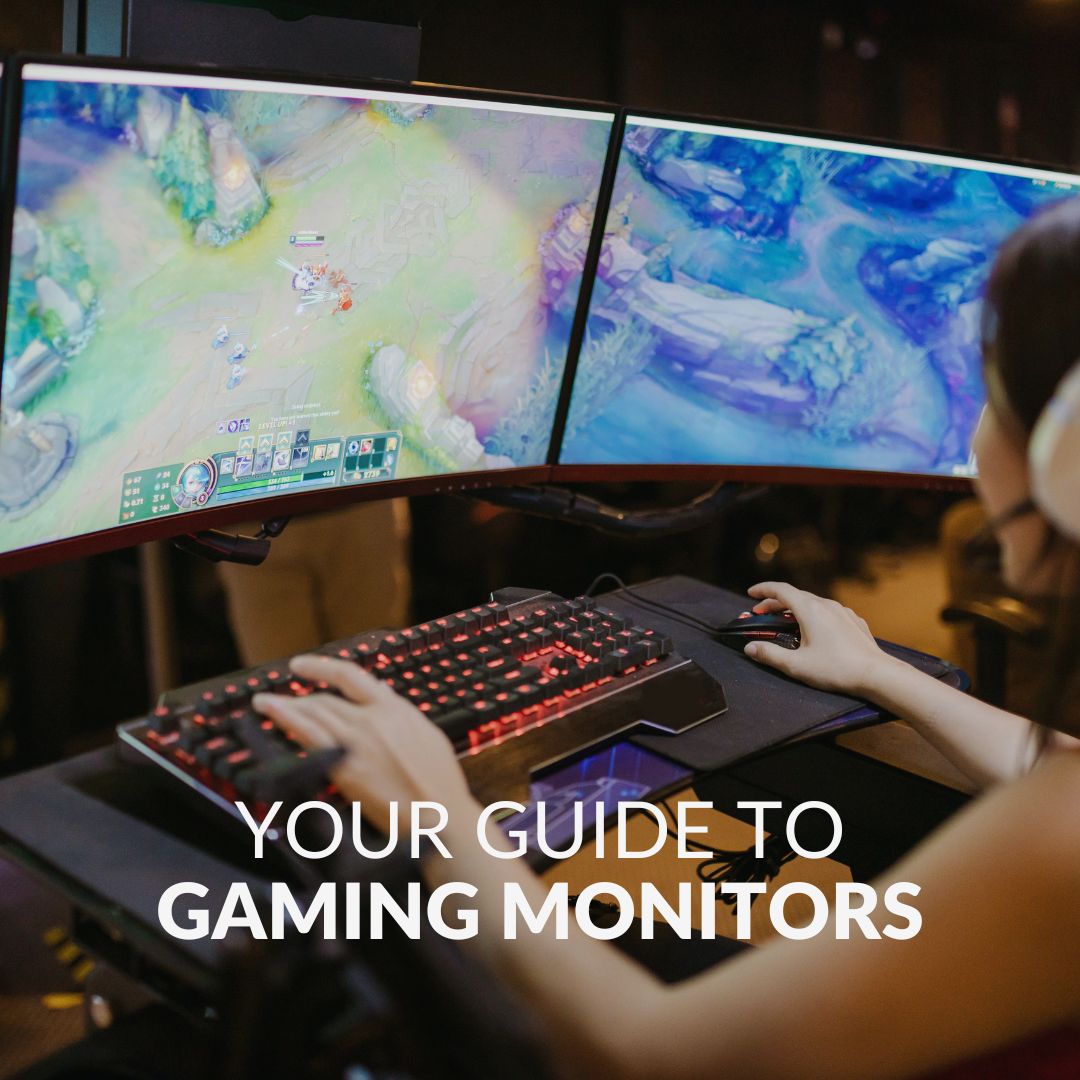Not achieving the level of performance you desire out of your monitor? Have you tried changing the refresh rate? If not, this is the guide for you! We’re showing you step-by-step how to change your refresh rate, detailing everything you need to know.
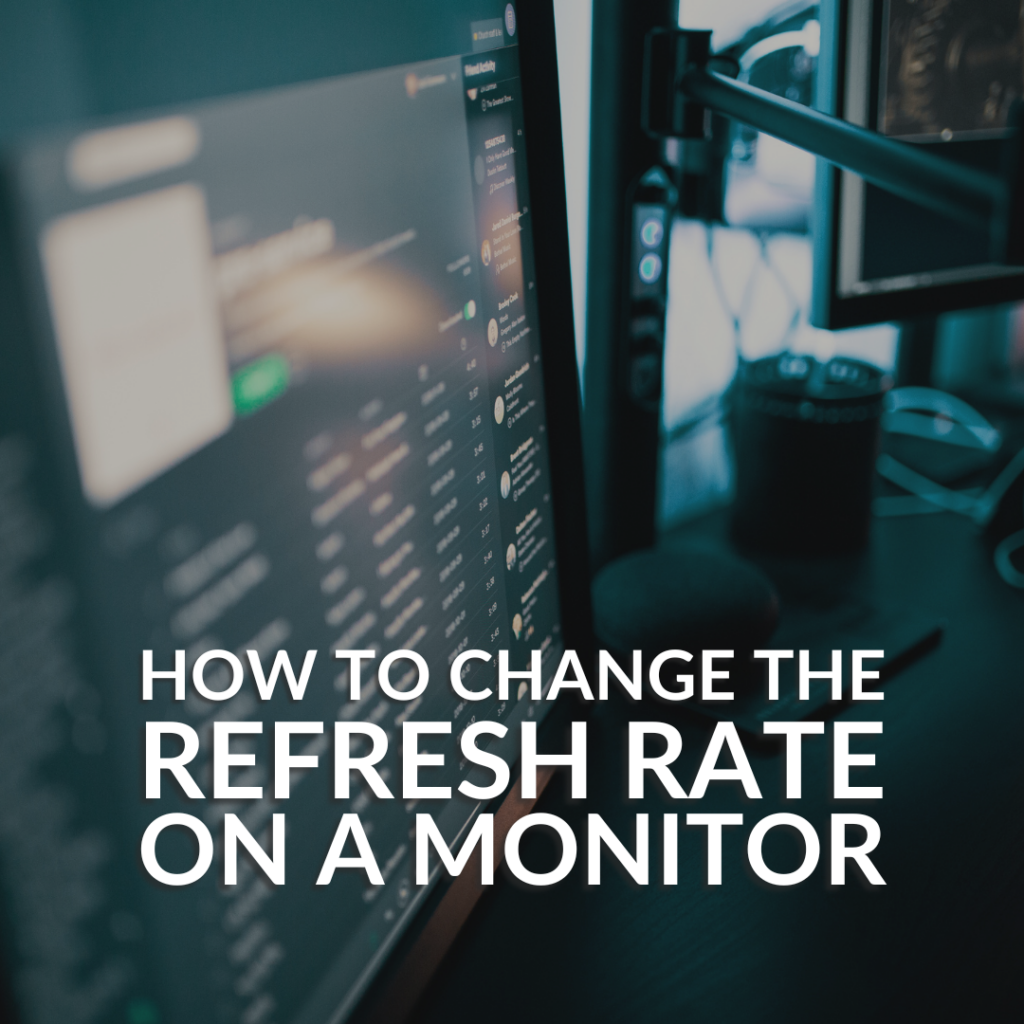
Can You Change the Refresh Rate on a Monitor?
The short answer is yes! With most gaming monitors you can adjust the refresh rate to better suit your individual preferences and in-game demands. However, we always recommend you double-check if your monitor is compatible by reading through any manuals, the product page, and online reviews.
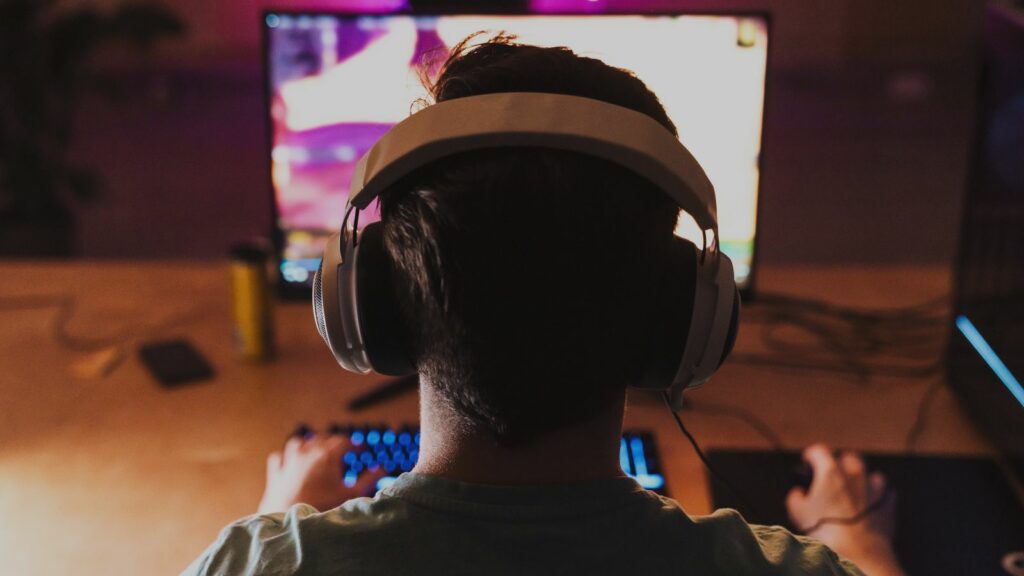
Why Should You Change the Refresh Rate?
Adjusting the refresh rate allows you to get the most out of your monitor. Instead of being permanently stuck at 60Hz, you can configure the refresh rate to better suit your needs, the types of games you are playing, and more. This ensures you are achieving the performance you paid for. Why spend more on a 144Hz or 240Hz display, if you don’t fully harness its potential?
With the correct refresh rate, you can enjoy a massive boost in your gaming performance thanks to reduced motion blur and screen tearing. Instead, you can enjoy crystal-clear images, improved response times, and near-zero input lag. Everything you need to dominate your in-game enemies.
If you need more convincing, we’ve listed all the different pros and cons below.
Pros
- Helps to improve gaming – reduces motion blur and screen tearing to deliver clearer images, better response times, and minimal input lag. Perfect for fast-paced FPS titles.
- More ergonomic – a higher refresh rate can reduce eye strain and fatigue by limiting screen flicker and ghosting. Ideal for those who spend long hours working or playing their latest fave.
Cons
- Having a high refresh rate can put more strain on your components – your GPU especially will need to work harder to render images.
- Limitations – you are limited to what refresh rates your monitor can support. For example, you can’t achieve 240Hz, unless your display supports it. You may also need to upgrade what type of cable you are using to achieve a higher rate, such as HDMI or DisplayPort.
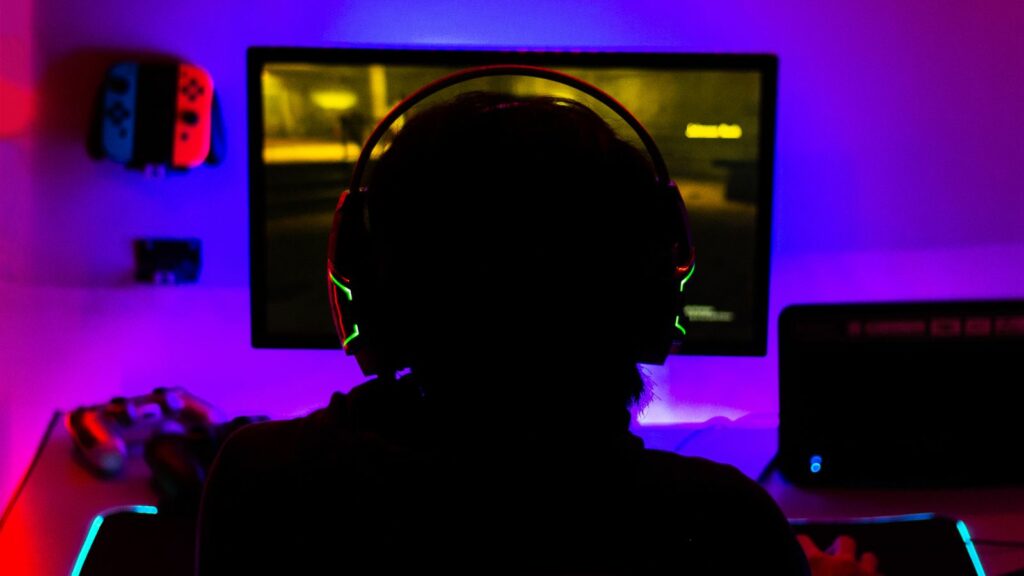
What Refresh Rate is Best For…
If you don’t know which refresh rate is right for your gameplay style or workload, we’ve broken it down further from casual 1080p, mid-tier 1440p, elite-tier 4K, and creative work.
Casual 1080p Gaming
For casual 1080p gaming, we recommend you opt for a monitor with at least 120 to 144Hz. This will deliver you the ultimate sweet spot, ensuring you can take advantage of silky-smooth visuals and responsive gameplay. This means you’ll see every enemy poking around the corner or help you strategically plan your next move even faster.
Mid-tier 1440p Gaming
Alternatively, for mid-tier 1440p gaming, a monitor with 144Hz refresh is the perfect choice. With this, you’ll be at the centre of the gameplay, capable of seeing every second of the action as and when it happens. This is sure to give you that much-needed competitive edge over your in-game enemies.
Elite-tier 4K Gaming
4K gaming requires plenty of the latest top-tier hardware. That’s why we recommend your 4K PC with a premium 144 to 165Hz monitor. With this, you’ll able to continue to reap all the benefits of gaming at incredible 4K resolutions, with crisp silky-smooth visuals and blisteringly fast response times.
Creative Work
Lastly, for creative work, we recommend a monitor with a high refresh rate, such as 204Hz. To help you create stunning works of art, a 240Hz refresh rate monitor notably reduces screen tearing, whilst delivering incredible detail and high-quality colours. All with near-zero lag or latency.
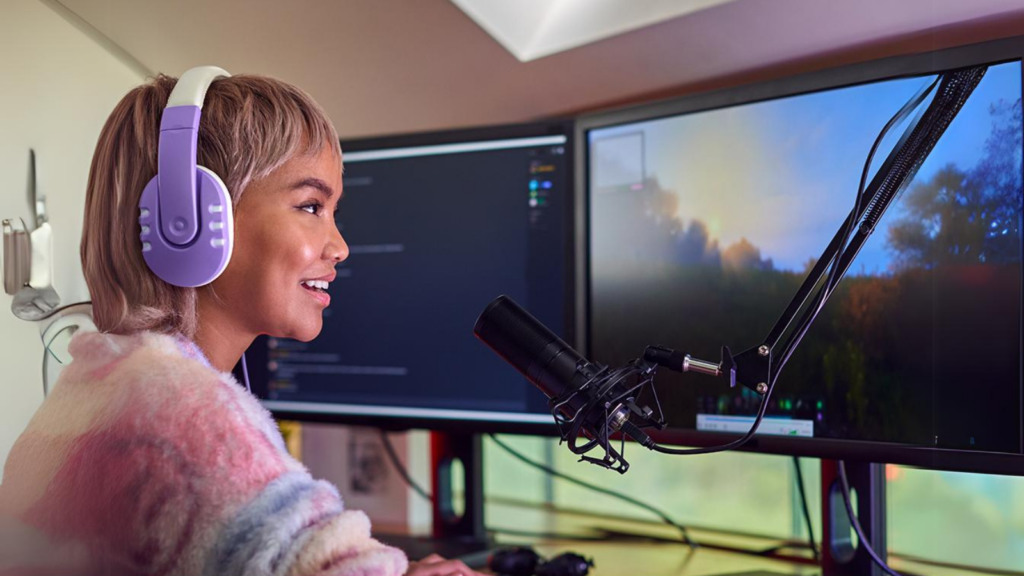
How to Change the Refresh Rate of Your Monitor
Windows 11
In Windows 11, you’ll need to click Start > Settings > System > Display > Advanced Display.
You’ll see multiple different display options available, however the one you want to select is ‘Choose a Refresh Rate’. If you have more than one monitor, you’ll need to make sure you select the display you wish to configure. All you need to do is select your desired refresh rate.
Please note, however, you’ll only be able to select refresh rates that your monitor is compatible with.
Windows 10
To adjust your monitor refresh rates in Windows 10, first go into Start > Settings > System > Display > Advanced Display Settings > Refresh Rate. Similar to Windows 11, you’ll first need to select the monitor whose refresh rate you wish to customise (if you have more than one).
Here you’ll see a complete list of all the compatible refresh rates with your monitor. You’ll only see what your monitor supports. Simply click on the refresh rate you want, and it will automatically adjust.
In Need of a Monitor Upgrade?
Are you in need of a shiny new monitor upgrade to give your battle station that much-needed boost? At Overclockers UK, we’ve got plenty of high-quality monitors to choose from, available in a range of refresh rates, panel types, and resolutions.
We’ve showcased a selection of our top picks for you below, but if these don’t suit your demands, you can also browse our full range of monitors instead. We’ve even broken it down by refresh rate!
LG 27GR93U-B 27” Widescreen Gaming Monitor
- 27” gaming monitor
- 3840 x 2160 resolution
- IPS panel
- 144Hz refresh rates
- 1ms response time
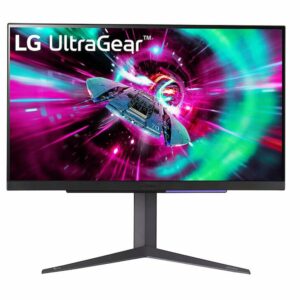
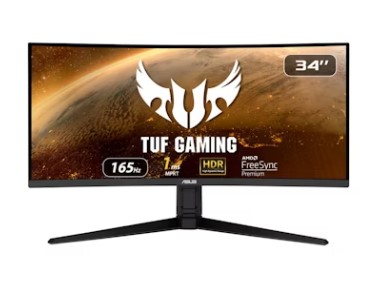
ASUS TUF Gaming VG34VQL1B 34” Curved Gaming Monitor
- 34” curved gaming monitor
- 3440 x 1440 resolution
- VA panel
- 165Hz refresh rates
- 1ms response time
MSI MAG 275CQRXF 27” Widescreen Gaming Monitor
- 27” gaming monitor
- 2560 x 1440 resolution
- VA panel
- 240Hz refresh rate
- HDR400 compatible
